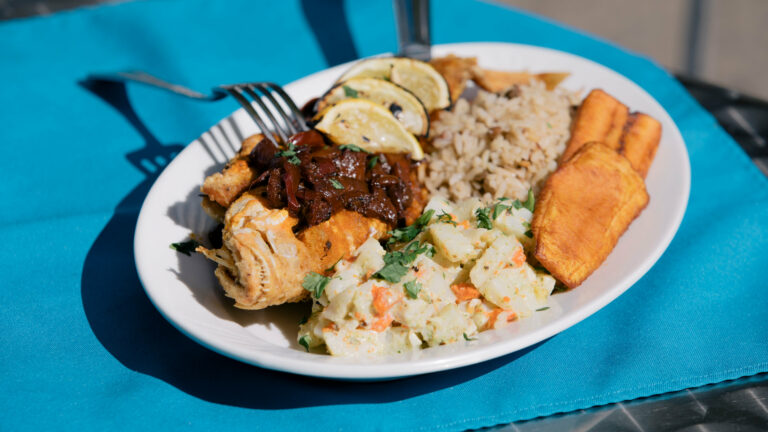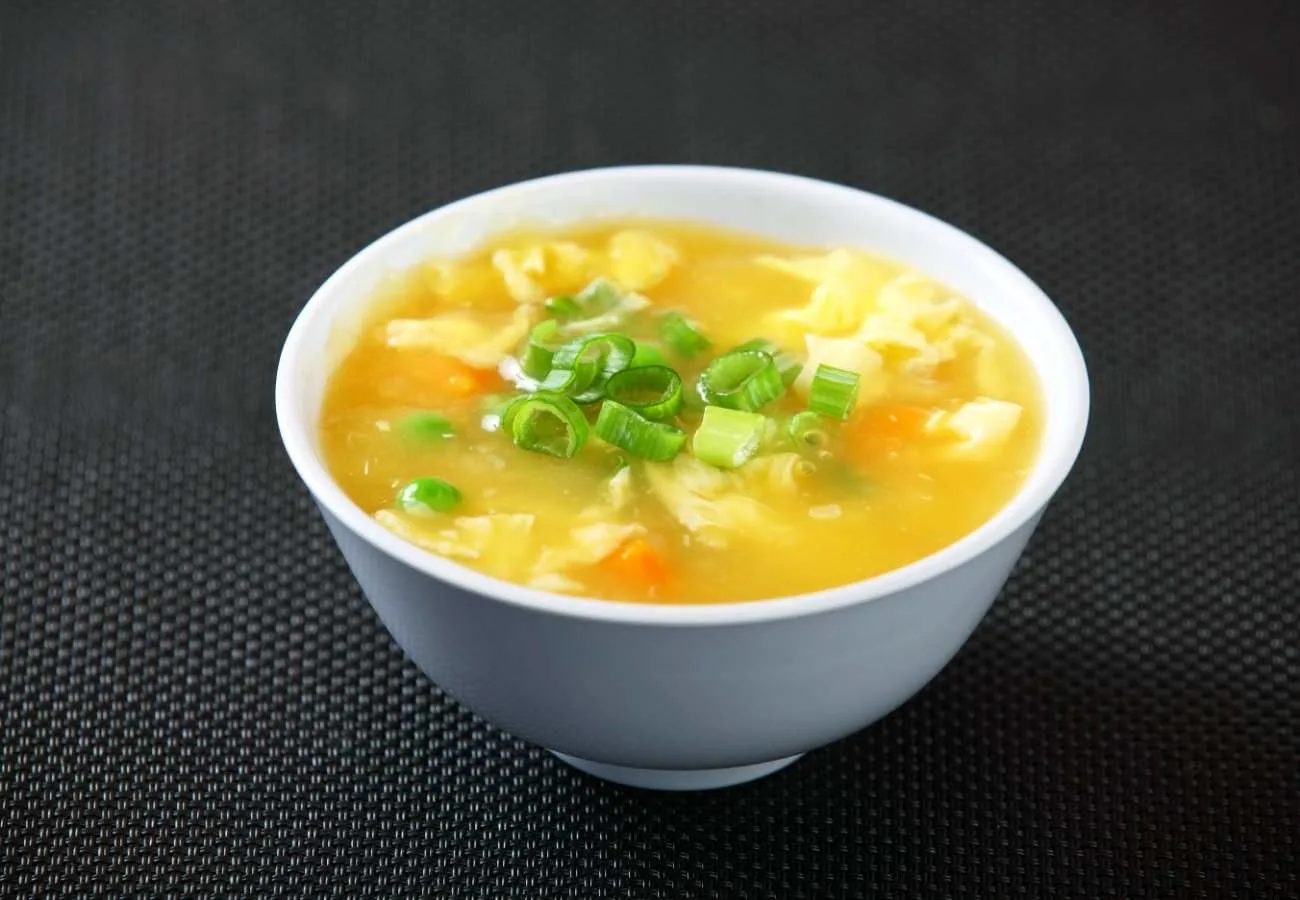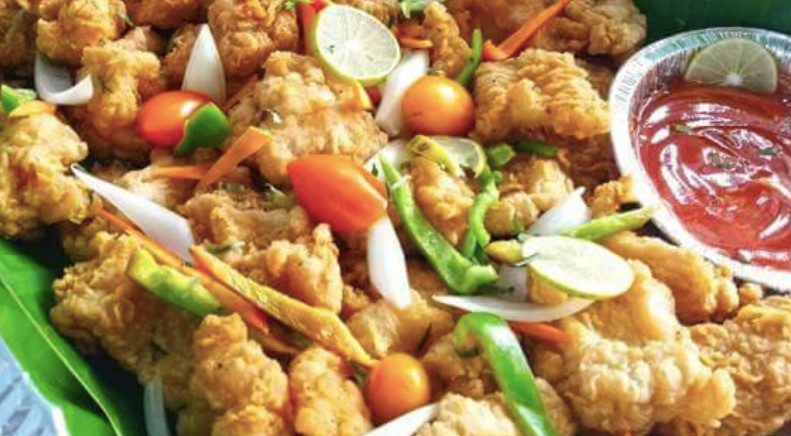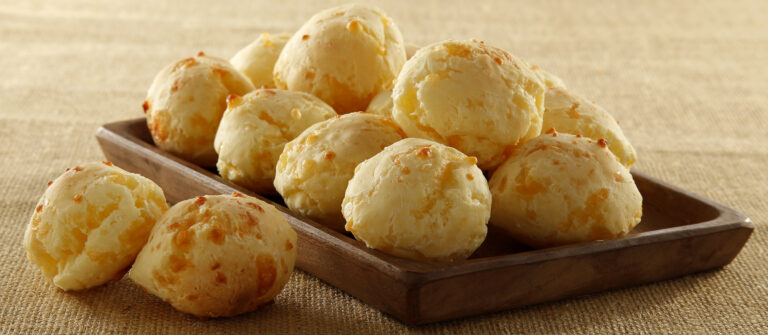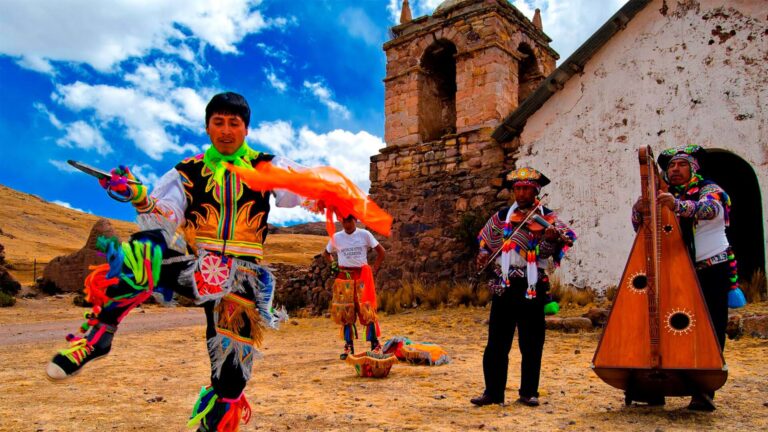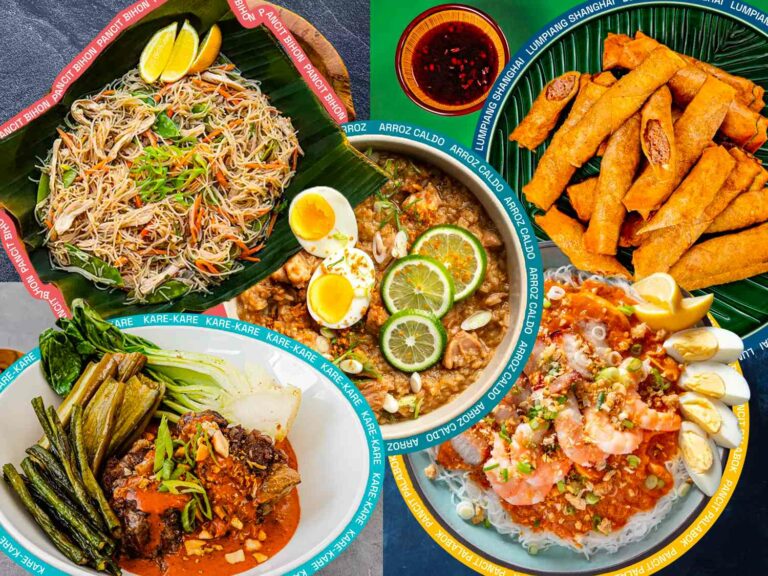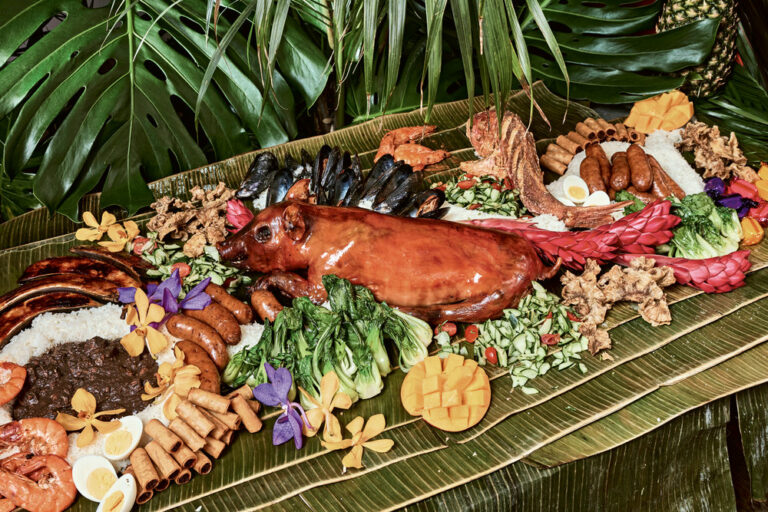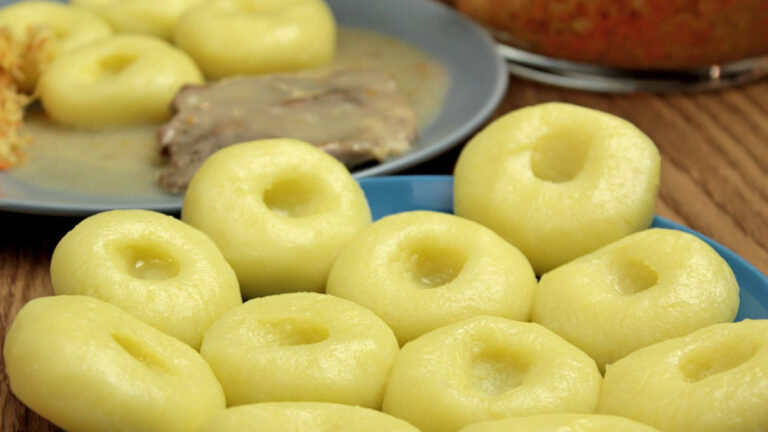Introduction: The Intersection of Location and Diversity
Panama, located in the heart of Central America, has a unique position between North and South America, with access to both the Pacific and Atlantic oceans. This strategic location has made Panama a melting pot of various cultures over the years, resulting in a rich and diverse culinary scene. The country’s cuisine reflects its history, with influences from Spanish, African, Caribbean, and Indigenous cultures.
Panama’s diverse population includes Indigenous groups such as the Ngäbe-Buglé, Emberá, and Kuna, as well as Afro-Caribbean and Spanish descendants. The country’s cuisine has evolved over the years to incorporate the different ingredients and cooking techniques brought by these groups, resulting in a fusion of flavors and spices that is uniquely Panamanian.
Regional Influences on Panamanian Cuisine
Panama’s location has had a significant impact on its cuisine. The country’s proximity to the Caribbean has resulted in the use of tropical fruits and spices, such as plantains, coconut, and ginger. The Pacific coast, on the other hand, has influenced the use of seafood in dishes like ceviche and arroz con mariscos (rice with seafood). The mountainous regions of Panama have given rise to hearty stews and soups, such as sancocho, made with chicken, yucca, and corn.
In addition to regional influences, Panama’s cuisine has also been influenced by its history of colonization. Spanish cuisine has had a significant impact on Panamanian dishes, such as arroz con pollo (chicken with rice) and tamales. These dishes have become staples in Panamanian homes and are often served during special occasions.
African Heritage in Panamanian Cuisine
The African influence on Panamanian cuisine can be traced back to the country’s history of slavery. Many Afro-Caribbean dishes have made their way into Panamanian cuisine, such as rice and peas, fried plantains, and jerk chicken. The use of spices and herbs, such as thyme, allspice, and Scotch bonnet peppers, is a hallmark of African-influenced dishes. Many of these ingredients have become common in Panamanian cooking and are used in dishes like arroz con coco (rice with coconut) and sopa de mariscos (seafood soup).
Caribbean Flavors in Panamanian Cooking
The Caribbean influence on Panamanian cuisine is evident in the country’s love for seafood and tropical fruits. Caribbean dishes such as bocas (appetizers), empanadas (a pastry filled with meat or cheese), and chicharrones (fried pork rinds) are popular in Panama. The use of coconut milk, ginger, and tamarind in dishes like arroz con coco and patacones (fried plantains) is a testament to the influence of Caribbean flavors on Panamanian cuisine.
Indigenous Ingredients in Traditional Dishes
Indigenous ingredients have been a part of Panamanian cuisine for centuries. The use of yucca, corn, and beans, for example, can be traced back to the country’s Indigenous roots. Dishes like sancocho and tortillas, made with cornmeal, are a testament to the Indigenous influence on Panamanian cuisine. The use of Indigenous ingredients has become a hallmark of traditional Panamanian dishes and is a reminder of the country’s rich history.
Conclusion: A Culinary Tapestry of Panama
Panamanian cuisine is a reflection of the country’s diverse population and unique location. The fusion of African, Caribbean, Spanish, and Indigenous flavors and ingredients has resulted in a culinary tapestry that is uniquely Panamanian. From hearty stews to spicy seafood dishes, Panamanian cuisine is a testament to the country’s rich history and cultural heritage. Whether you’re a visitor to the country or a local, the flavors and spices of Panamanian cuisine are sure to tantalize your taste buds.

